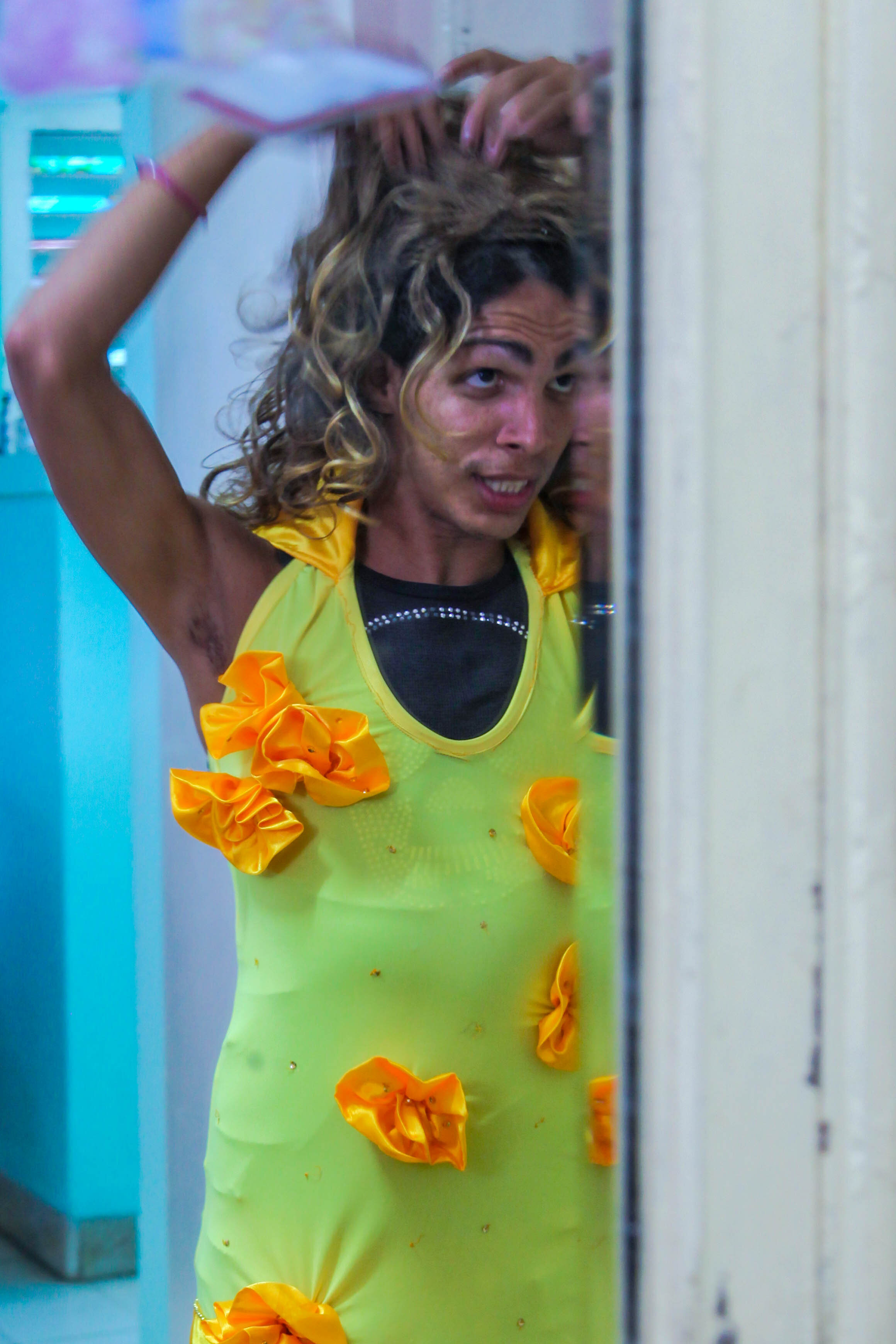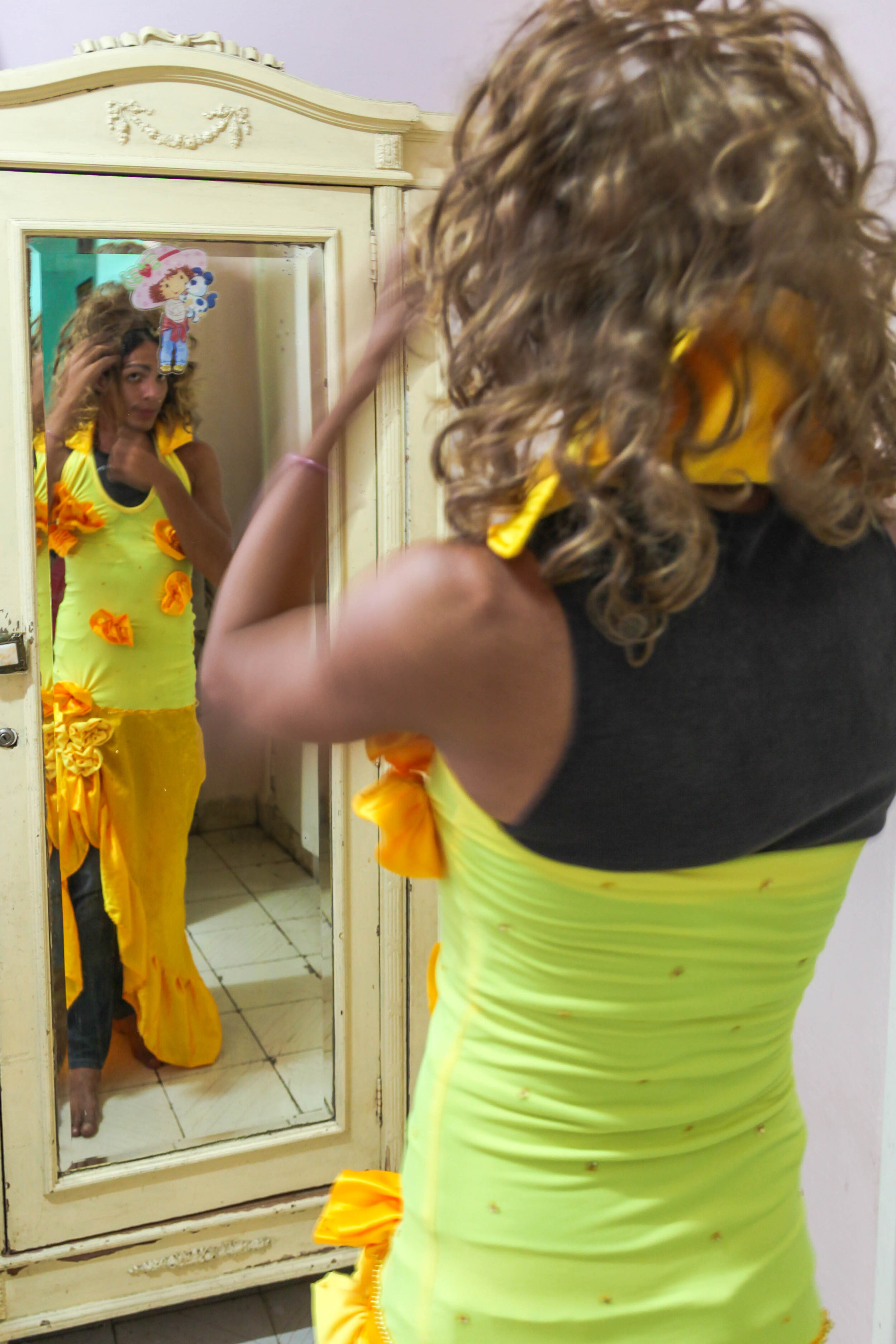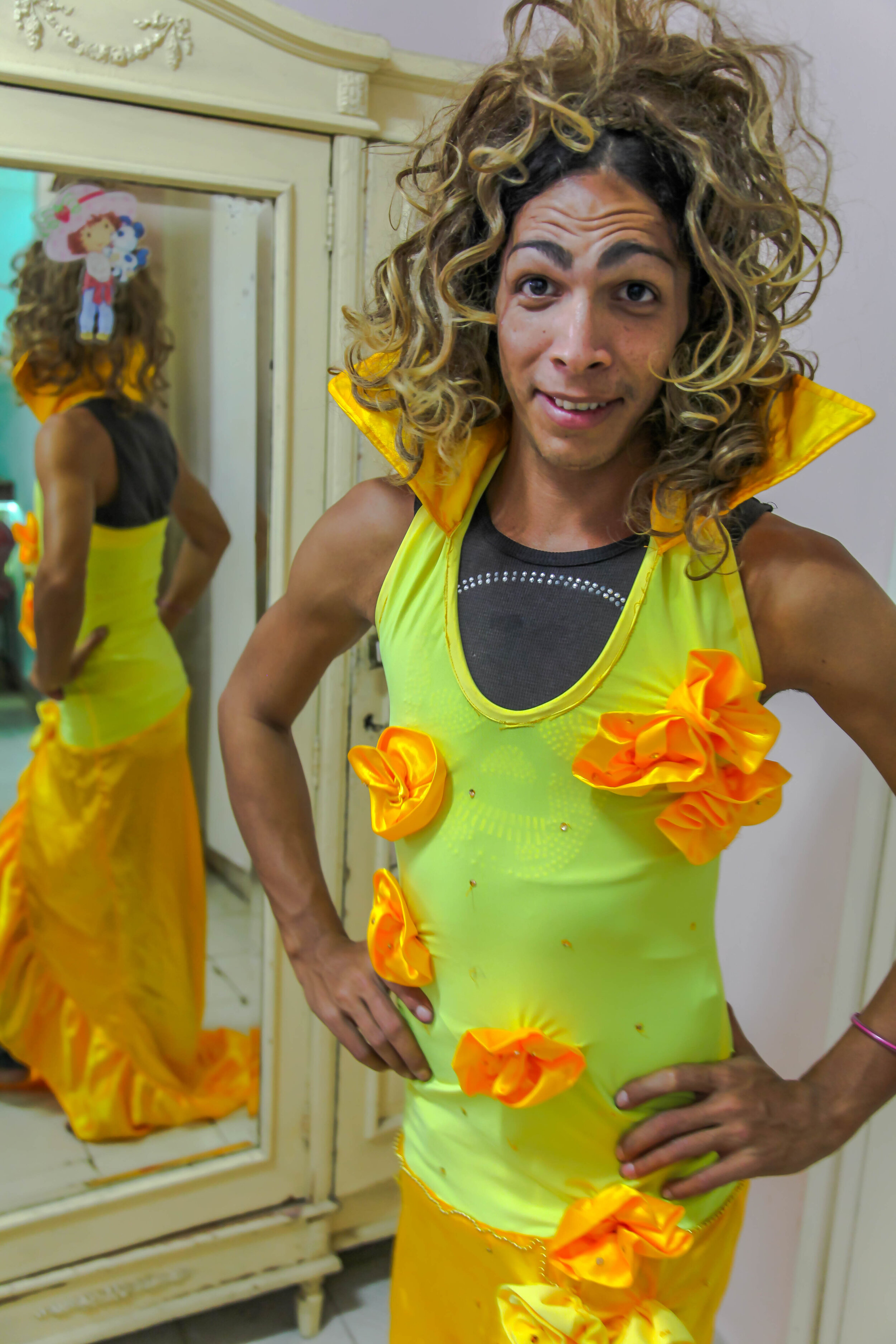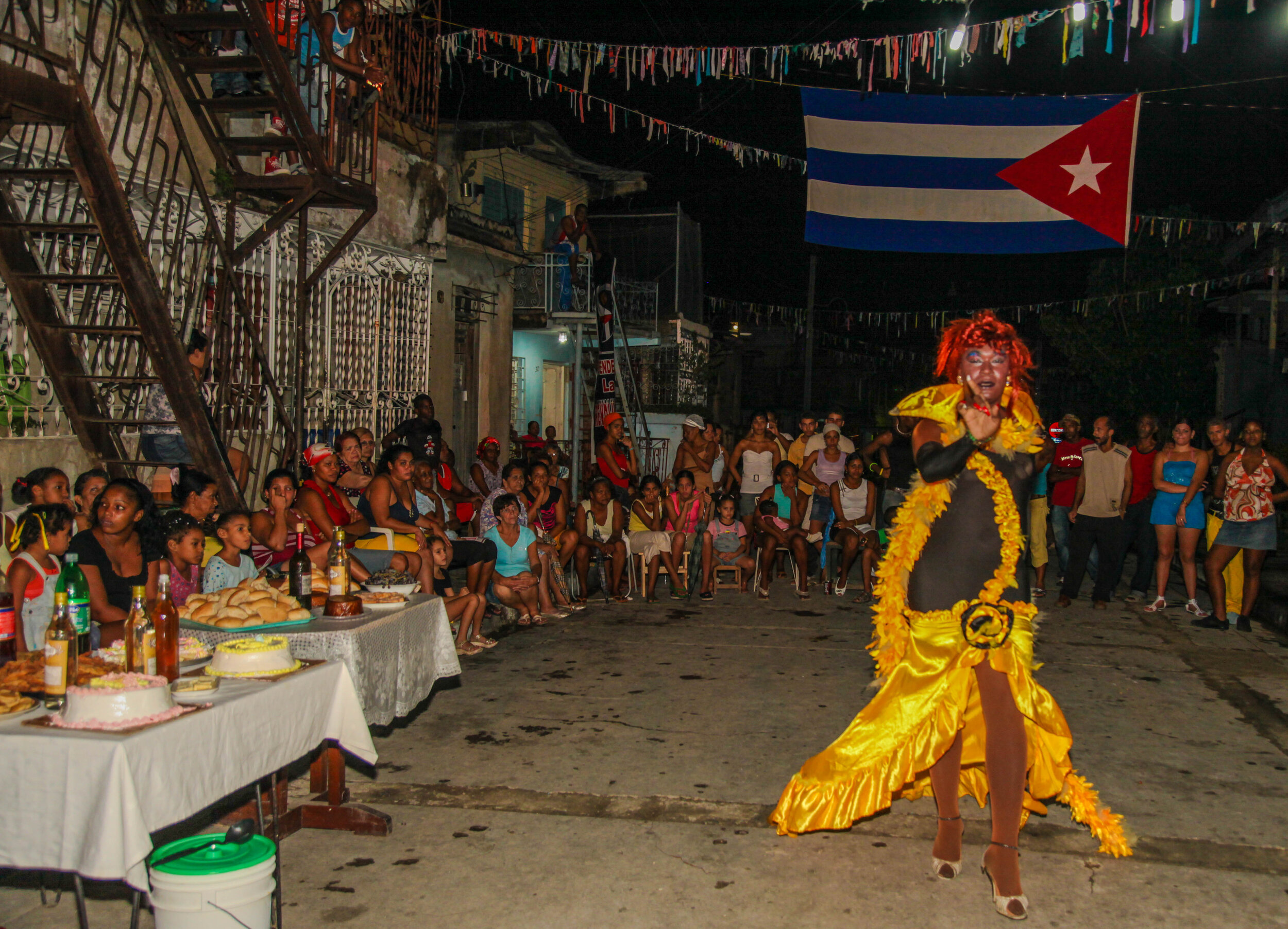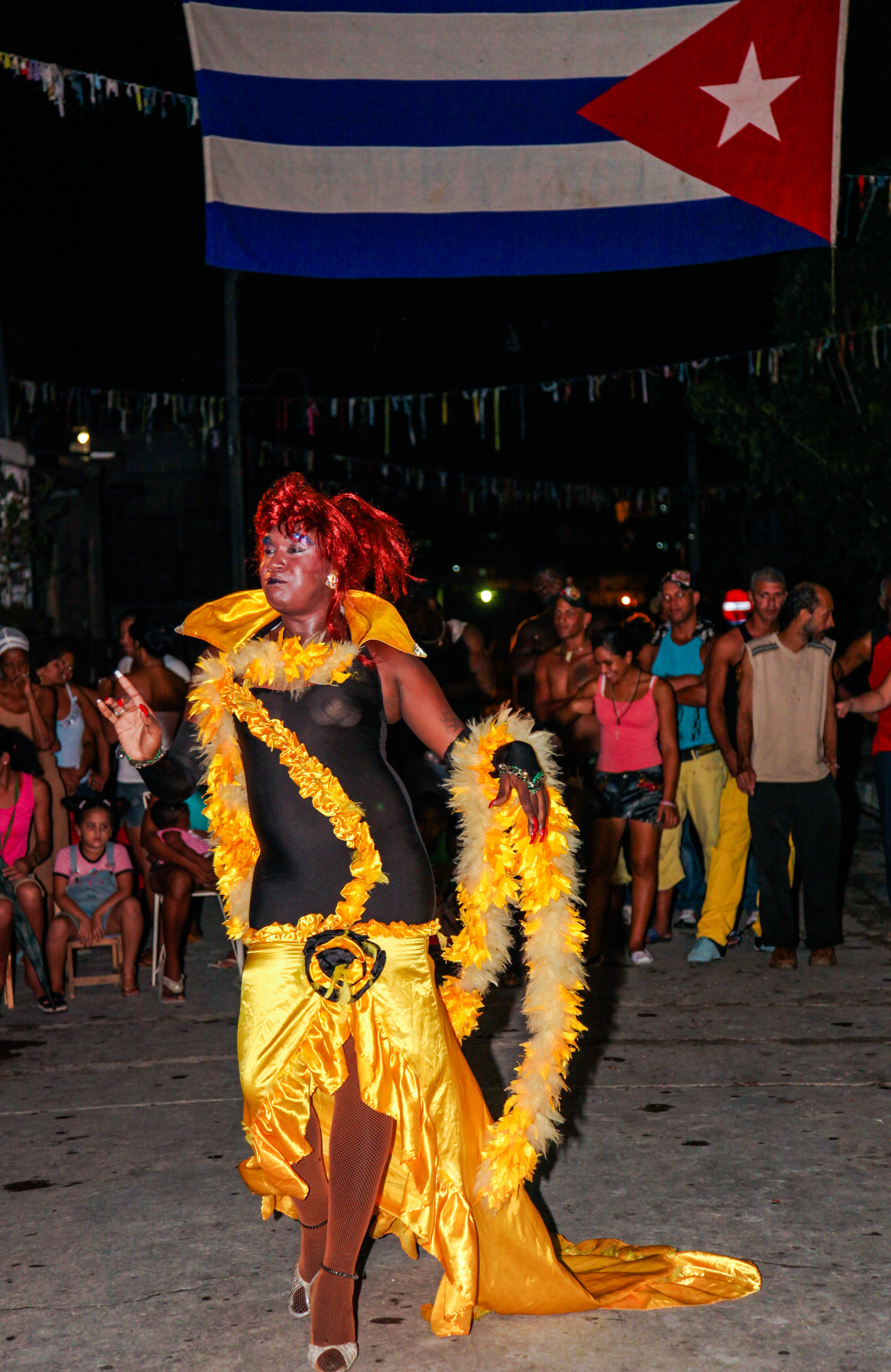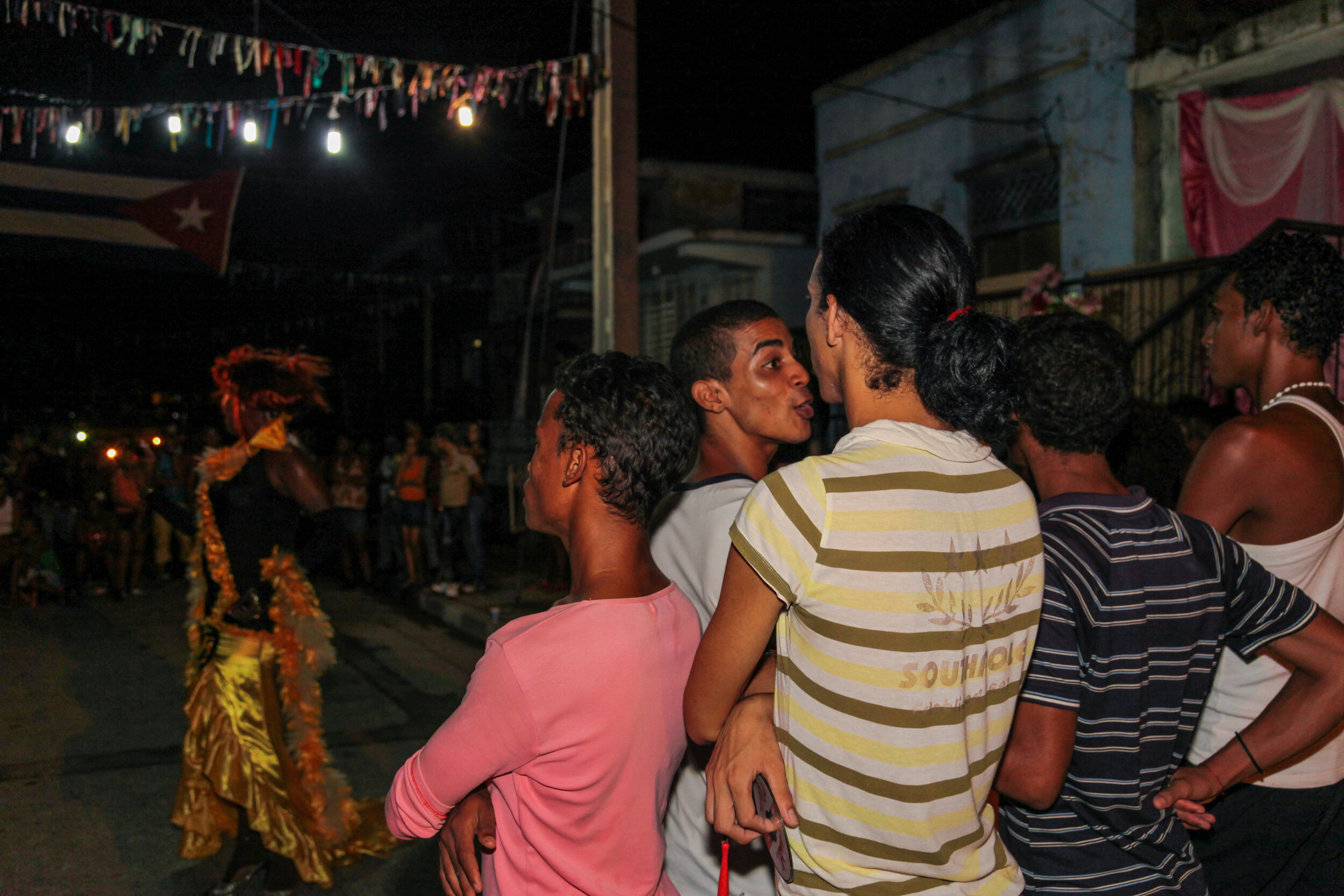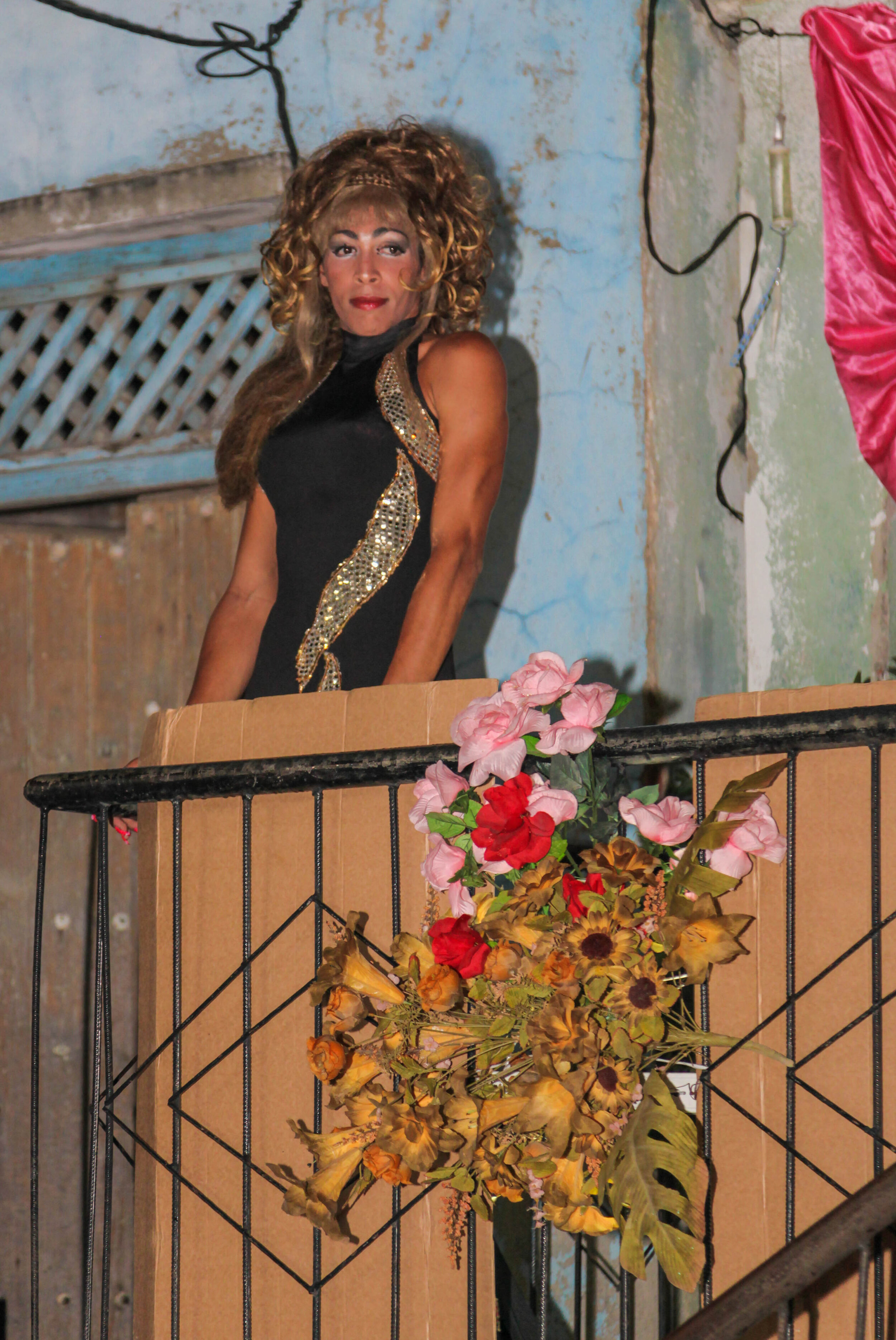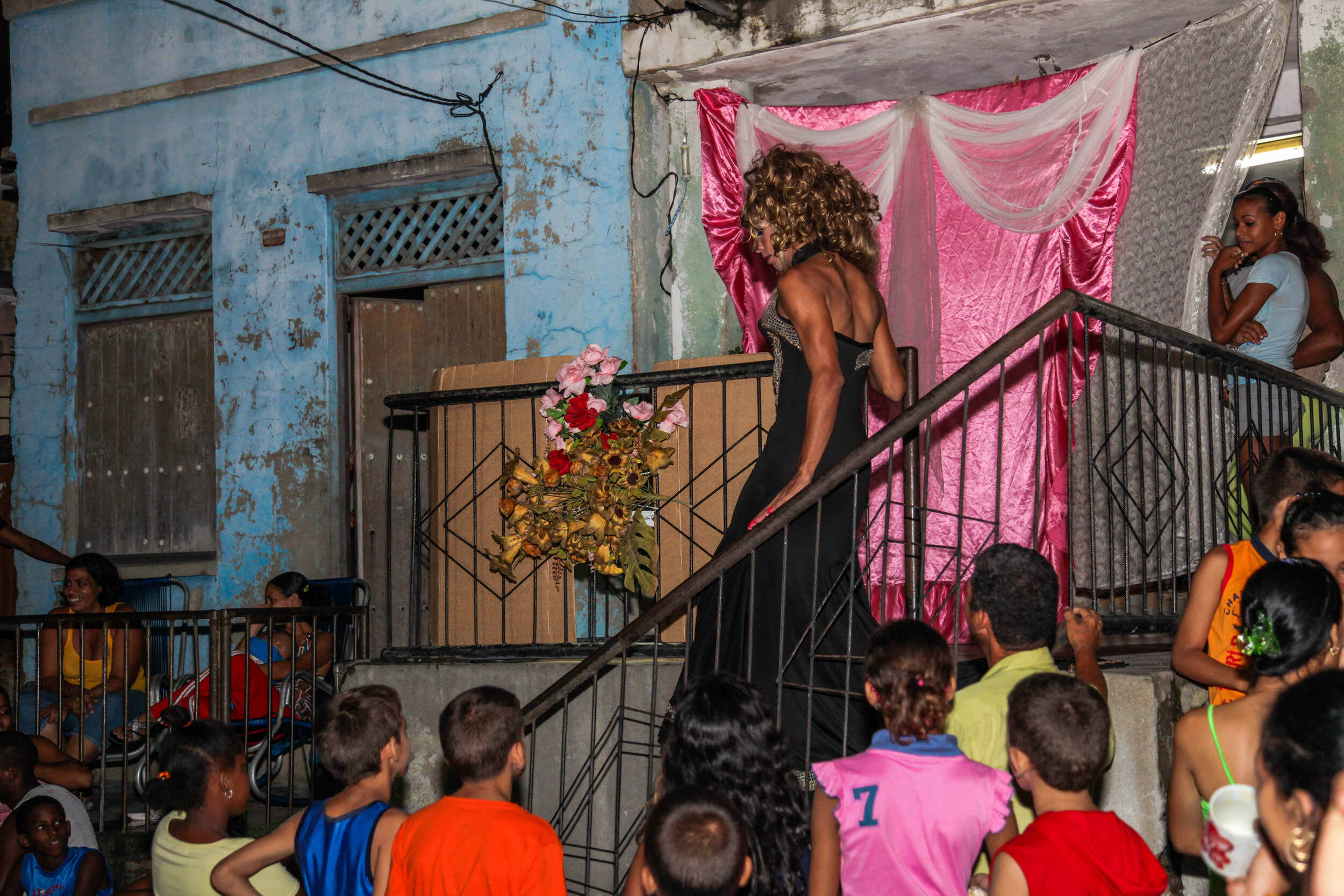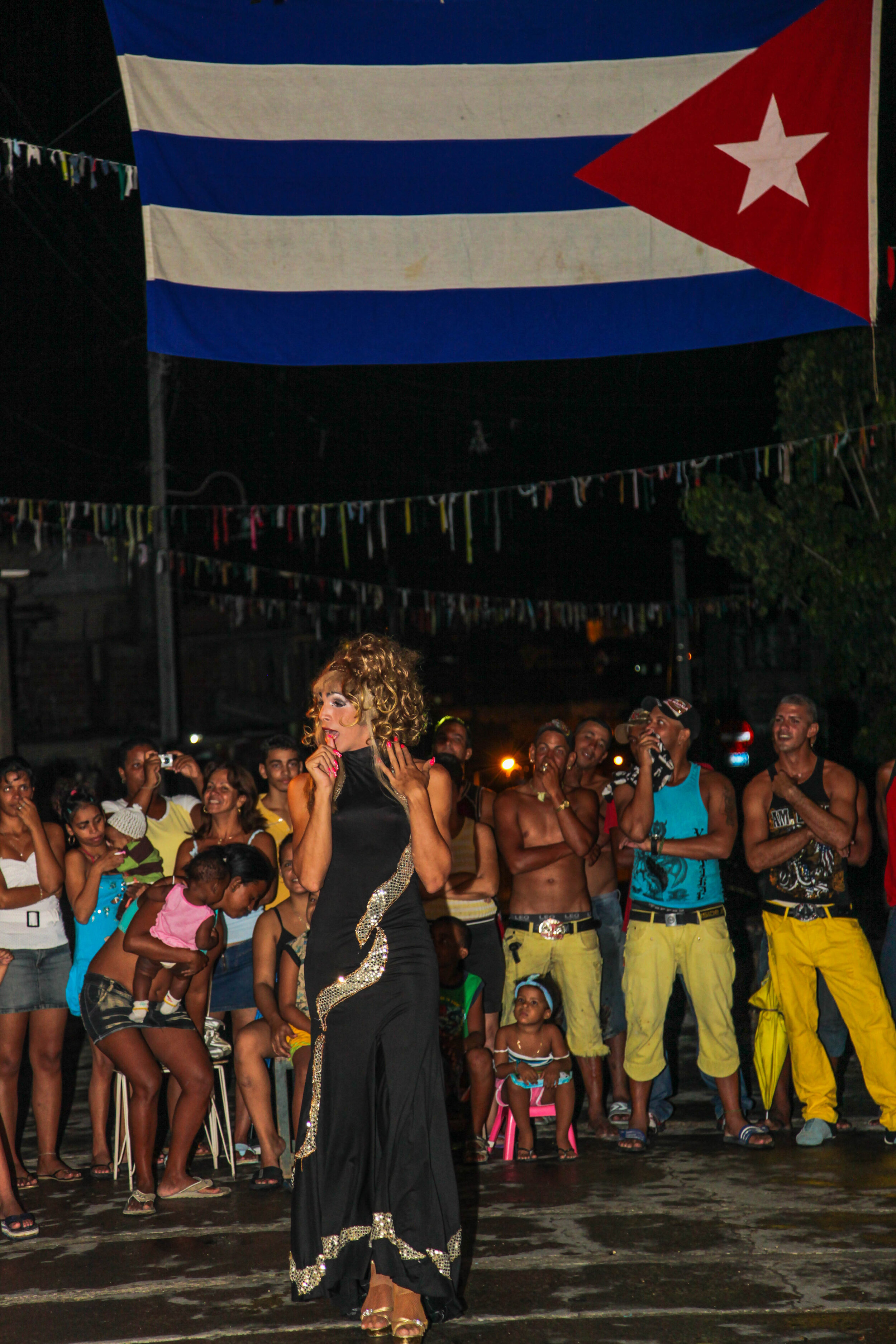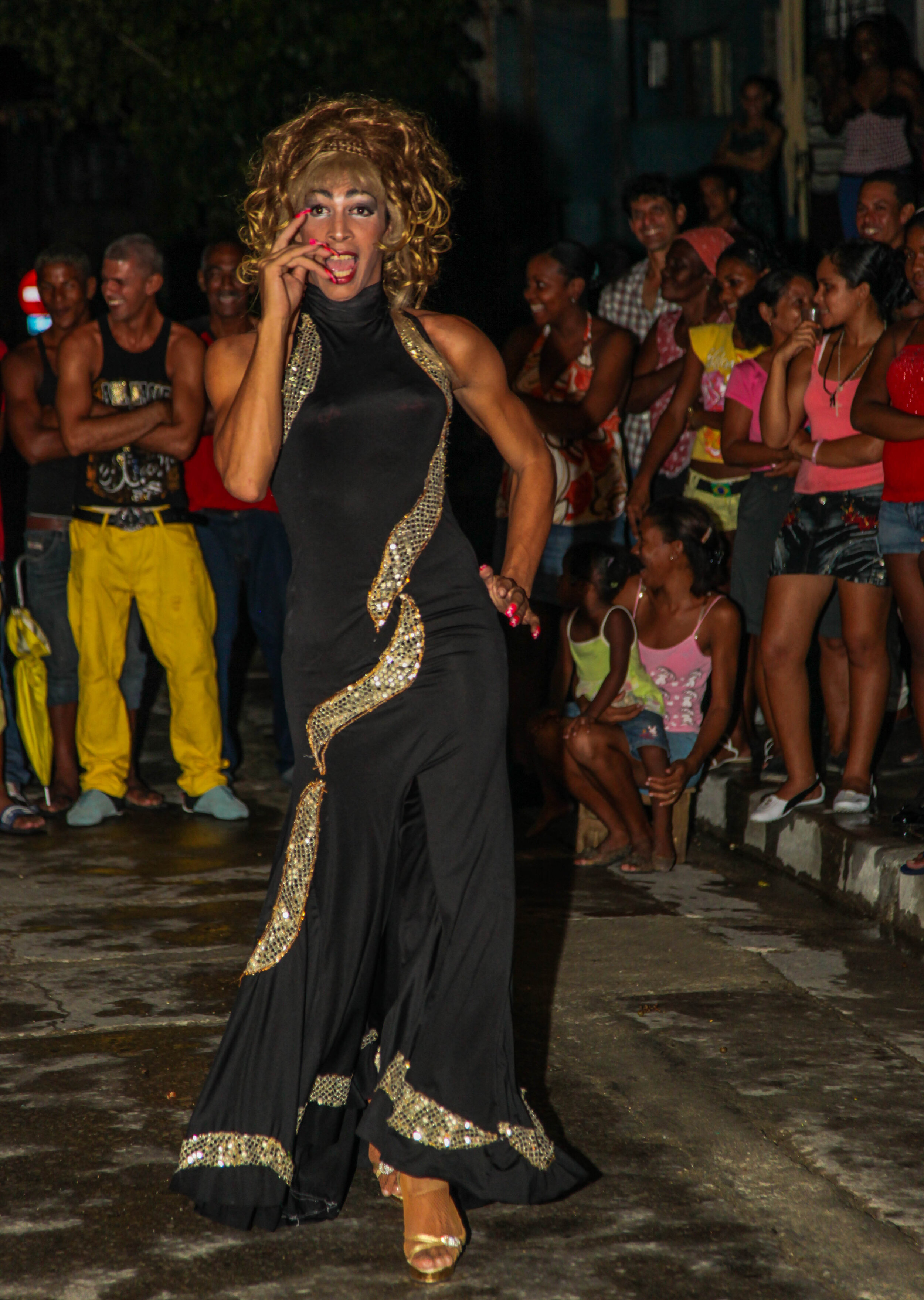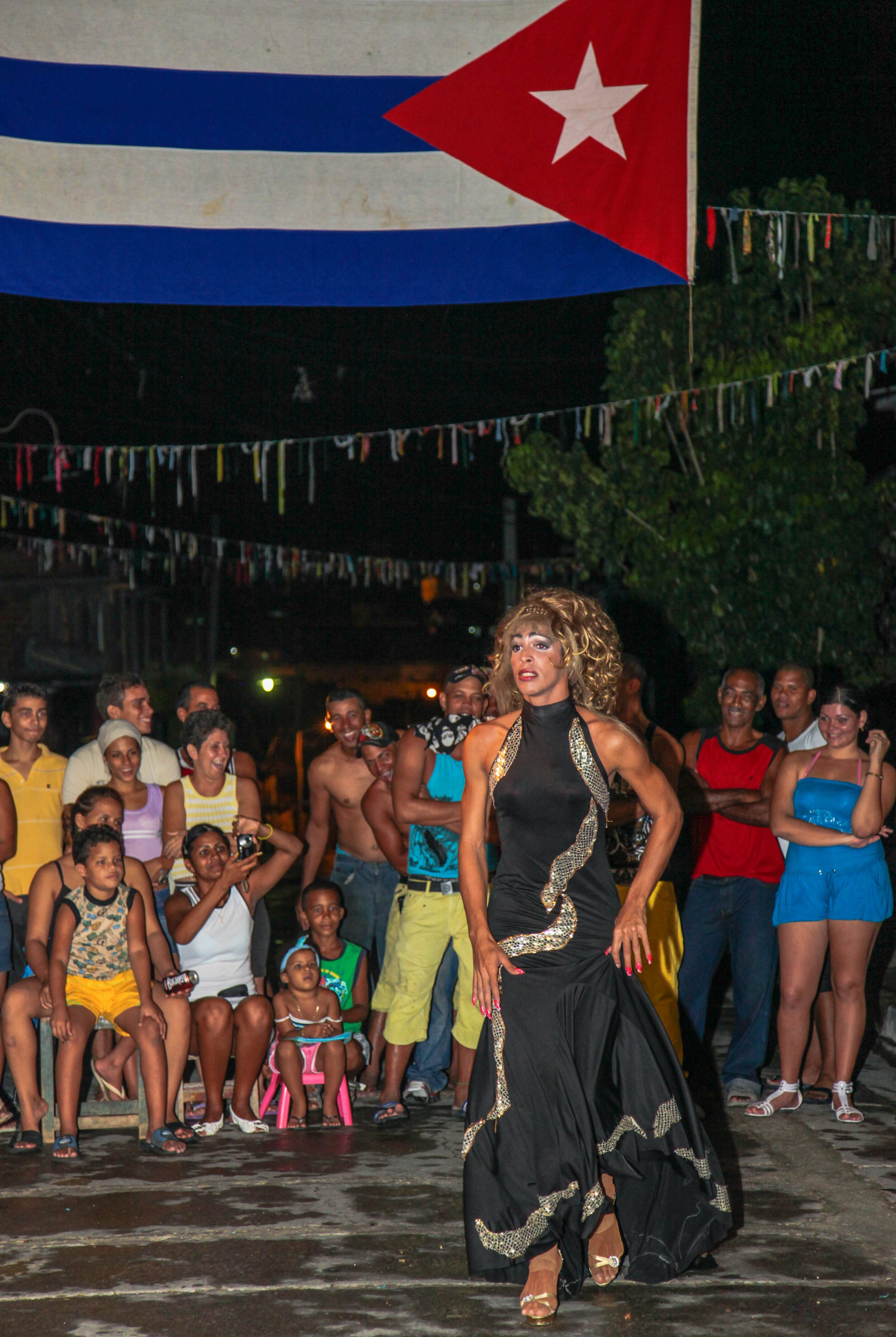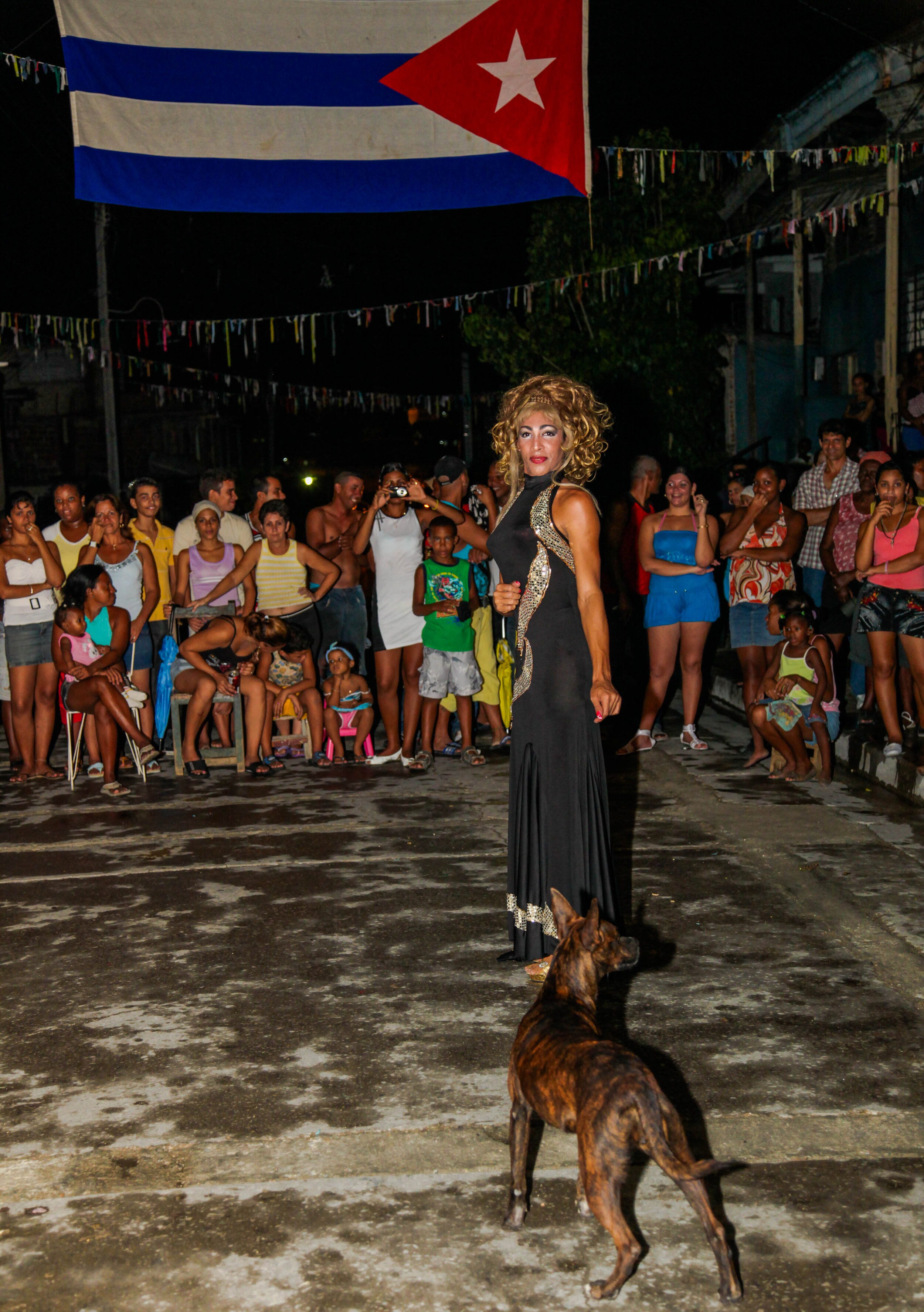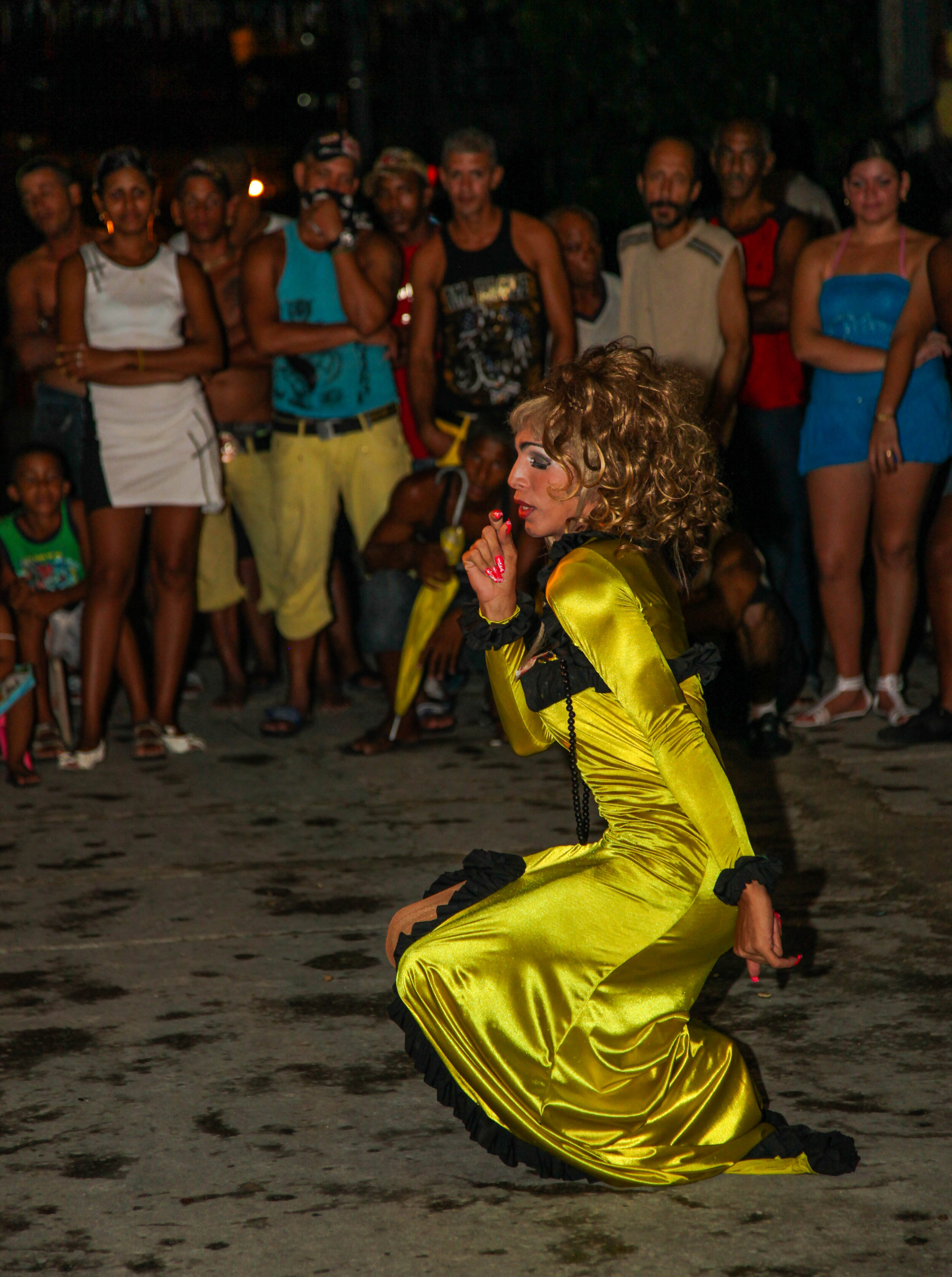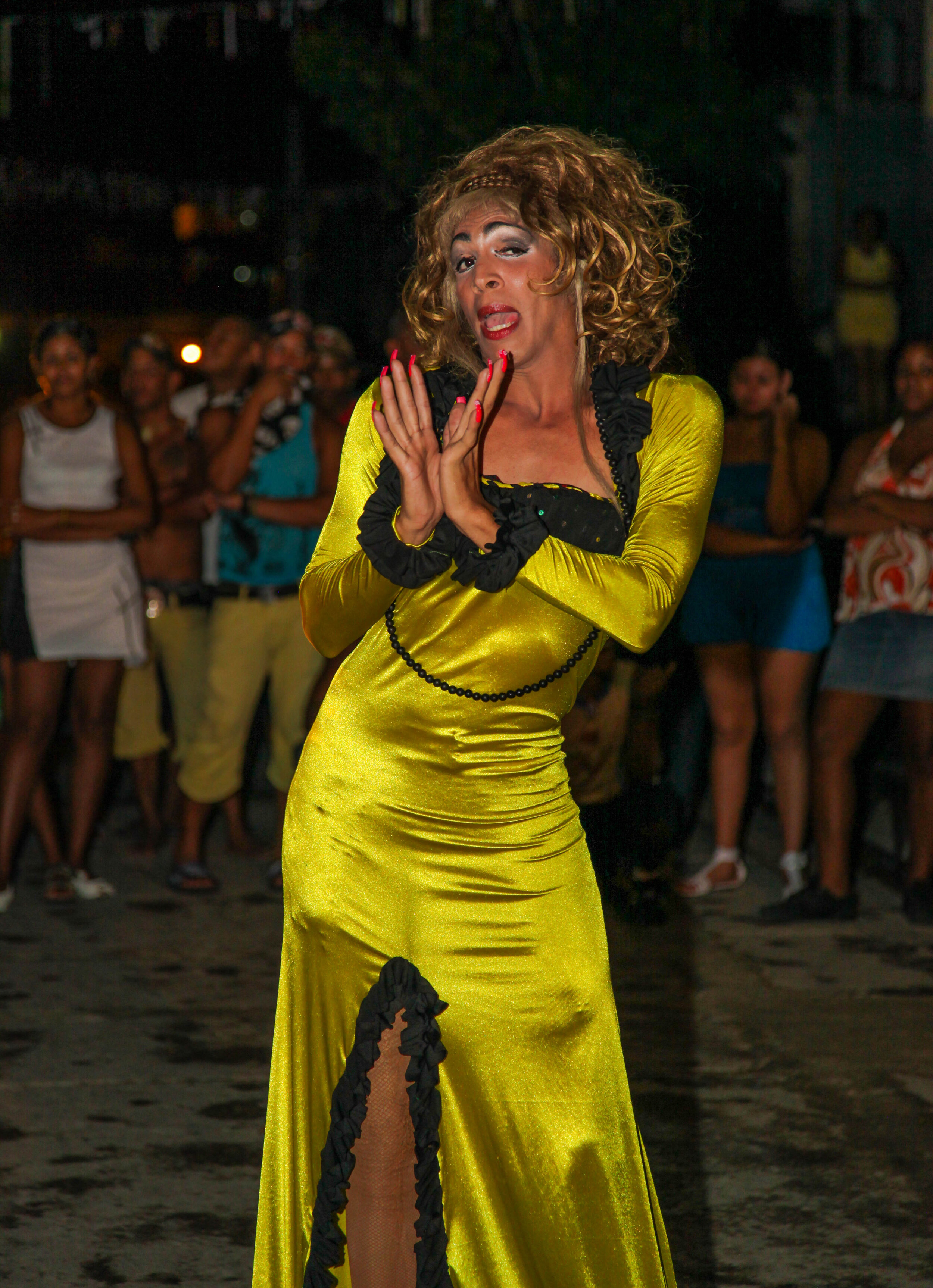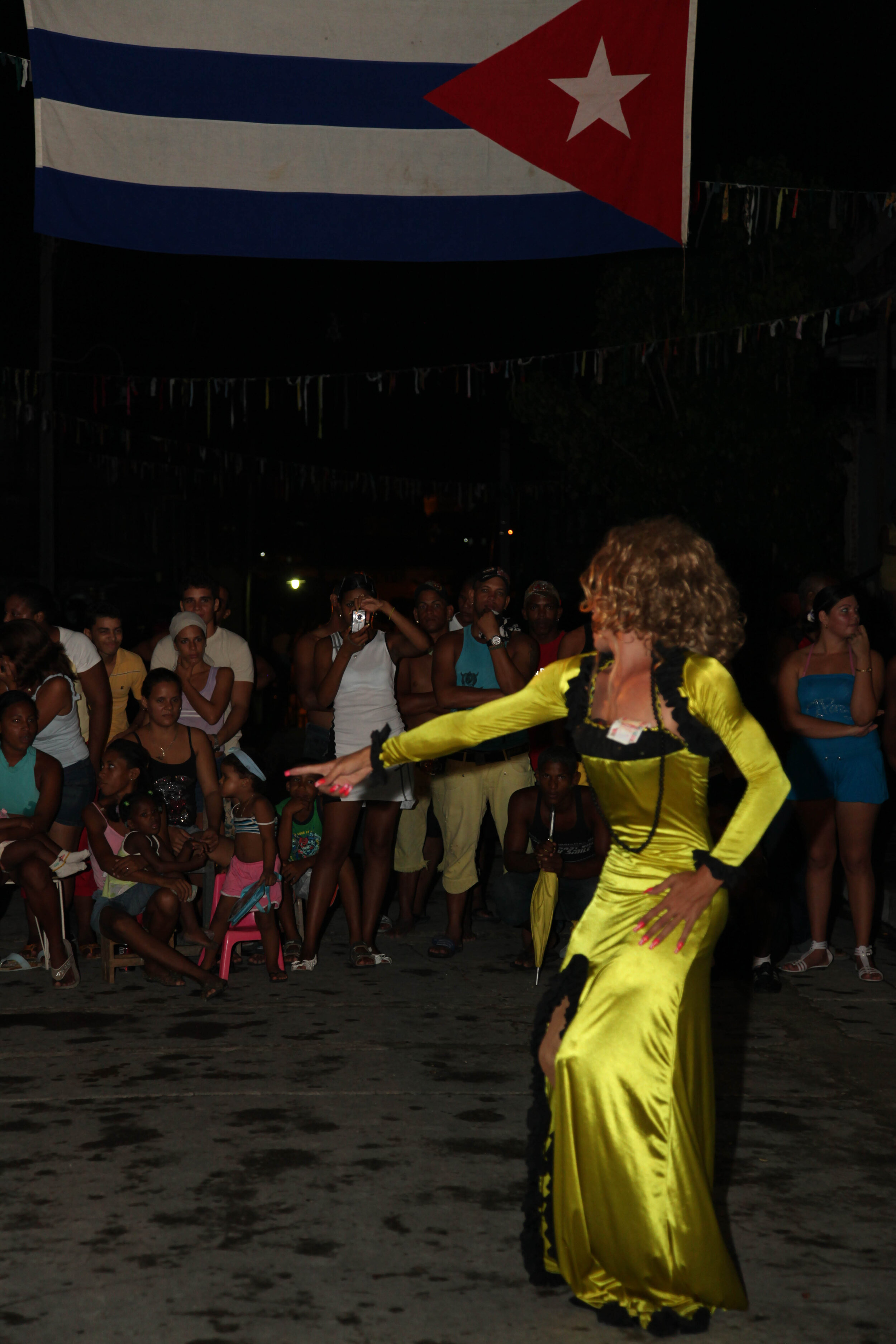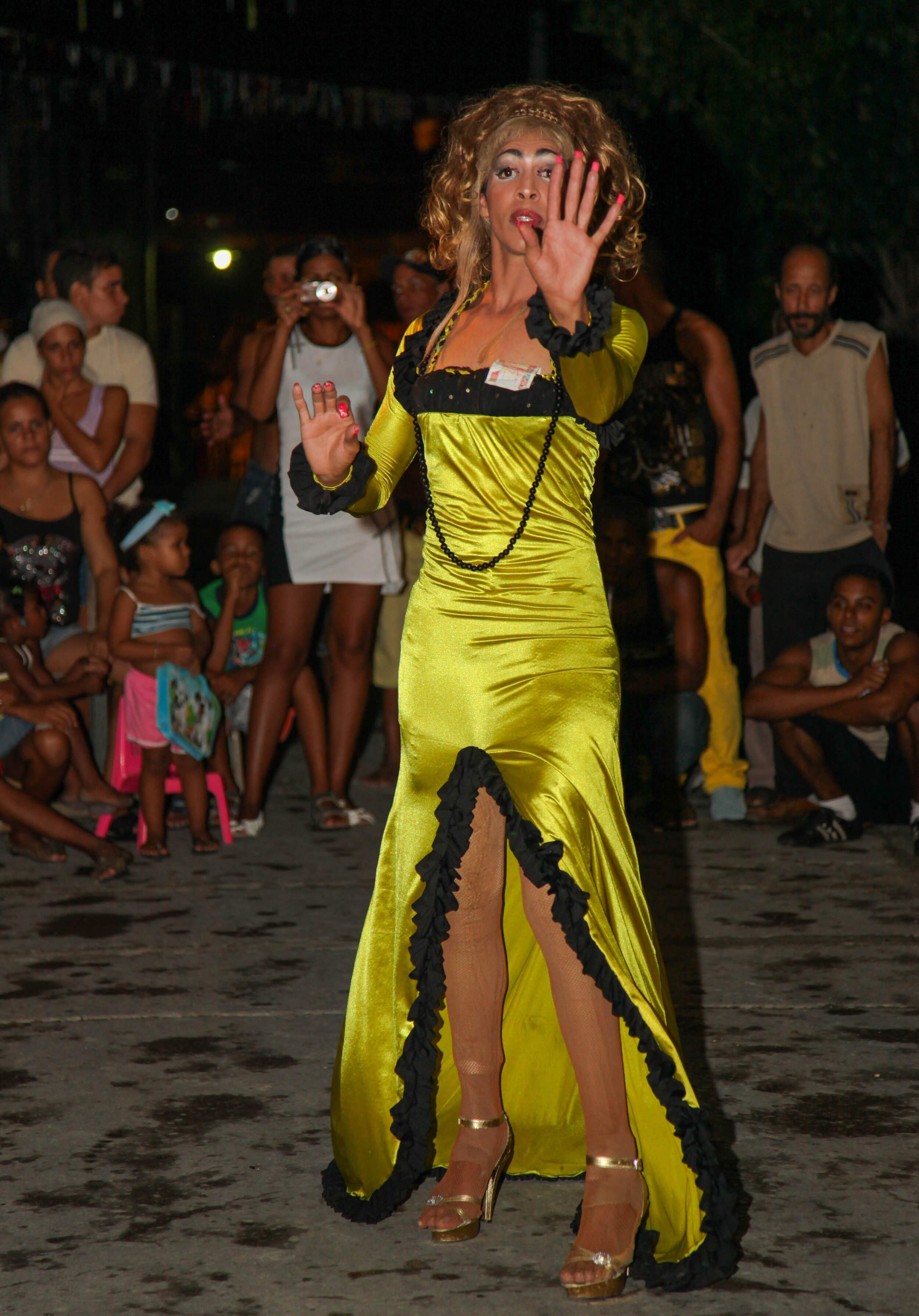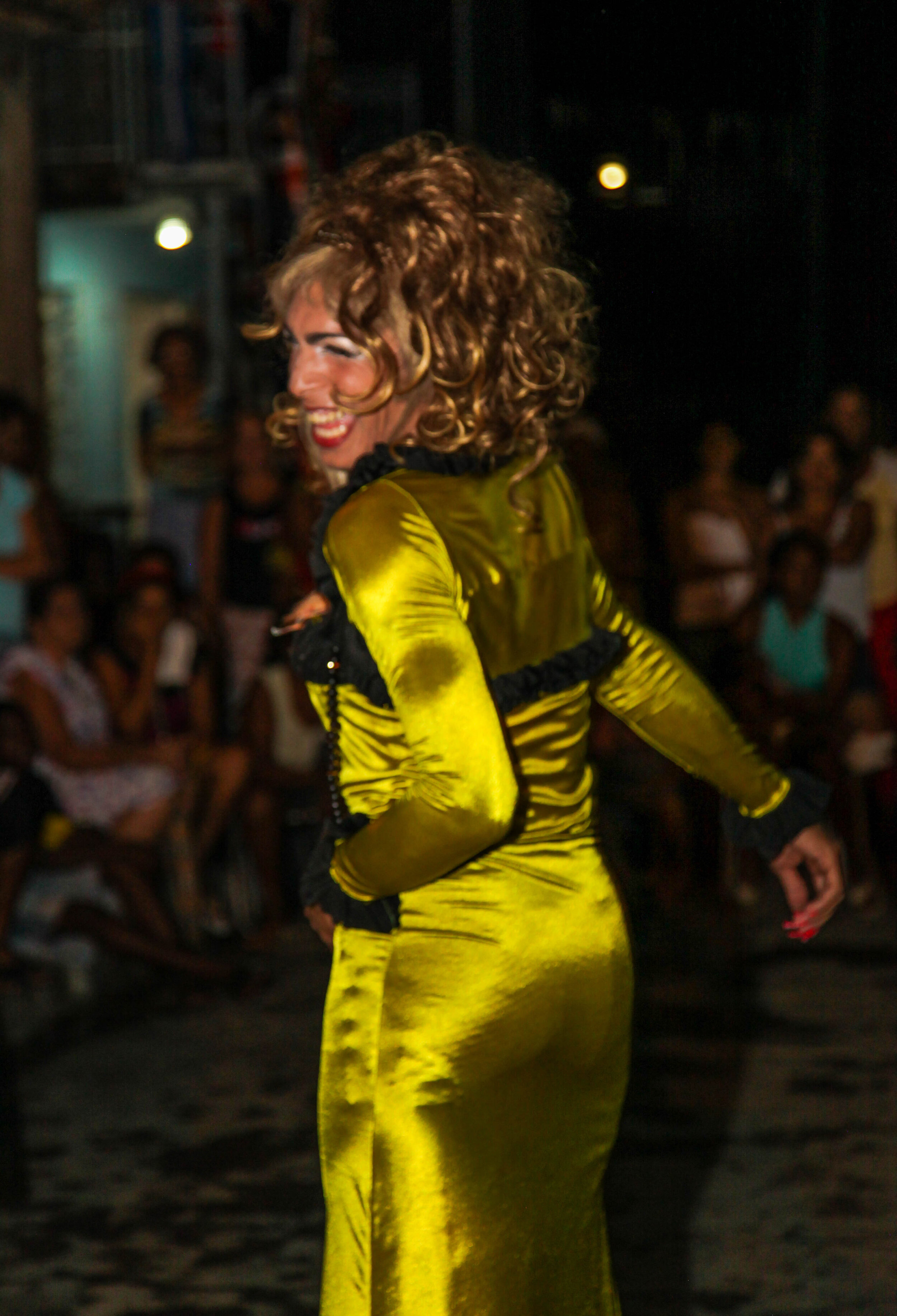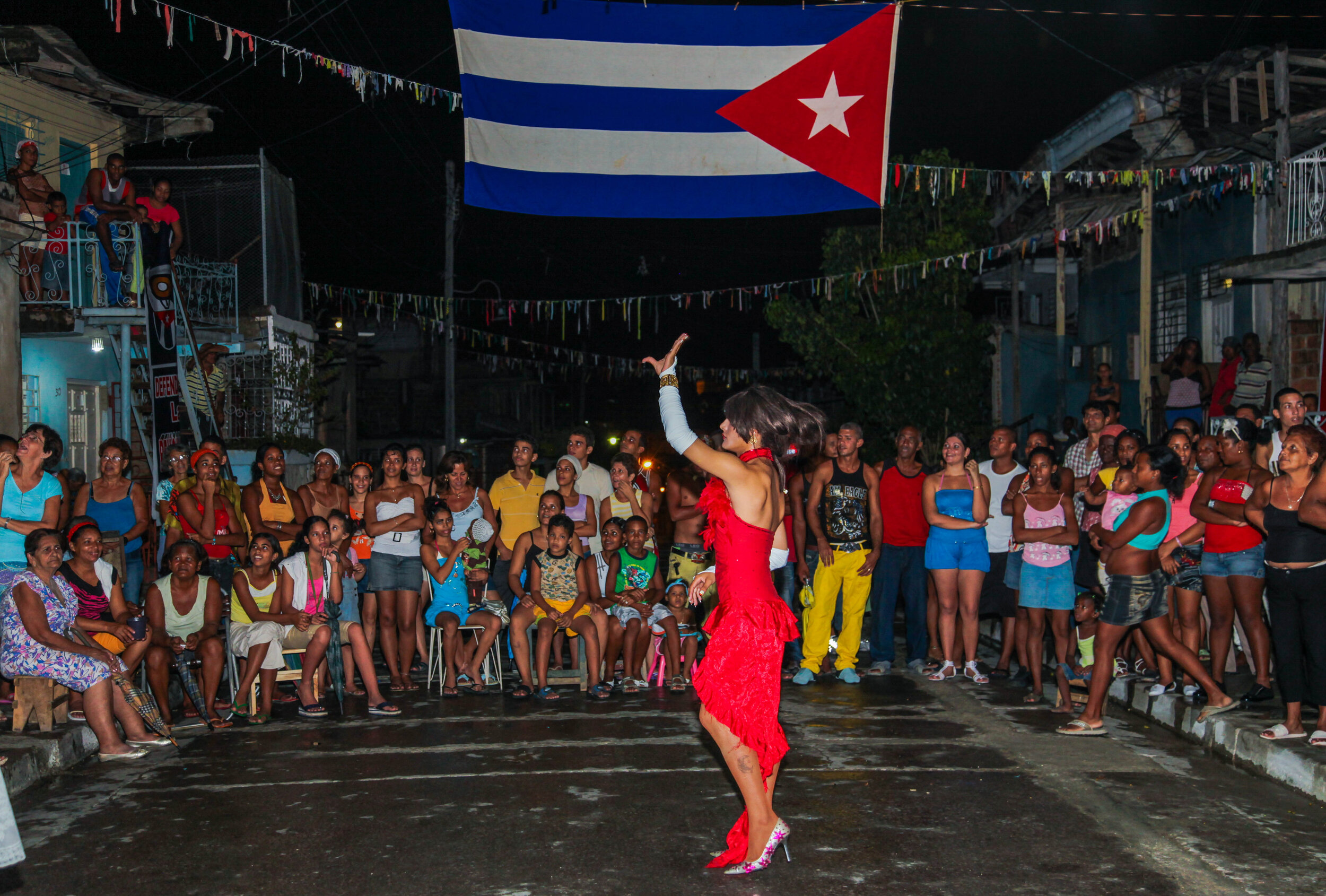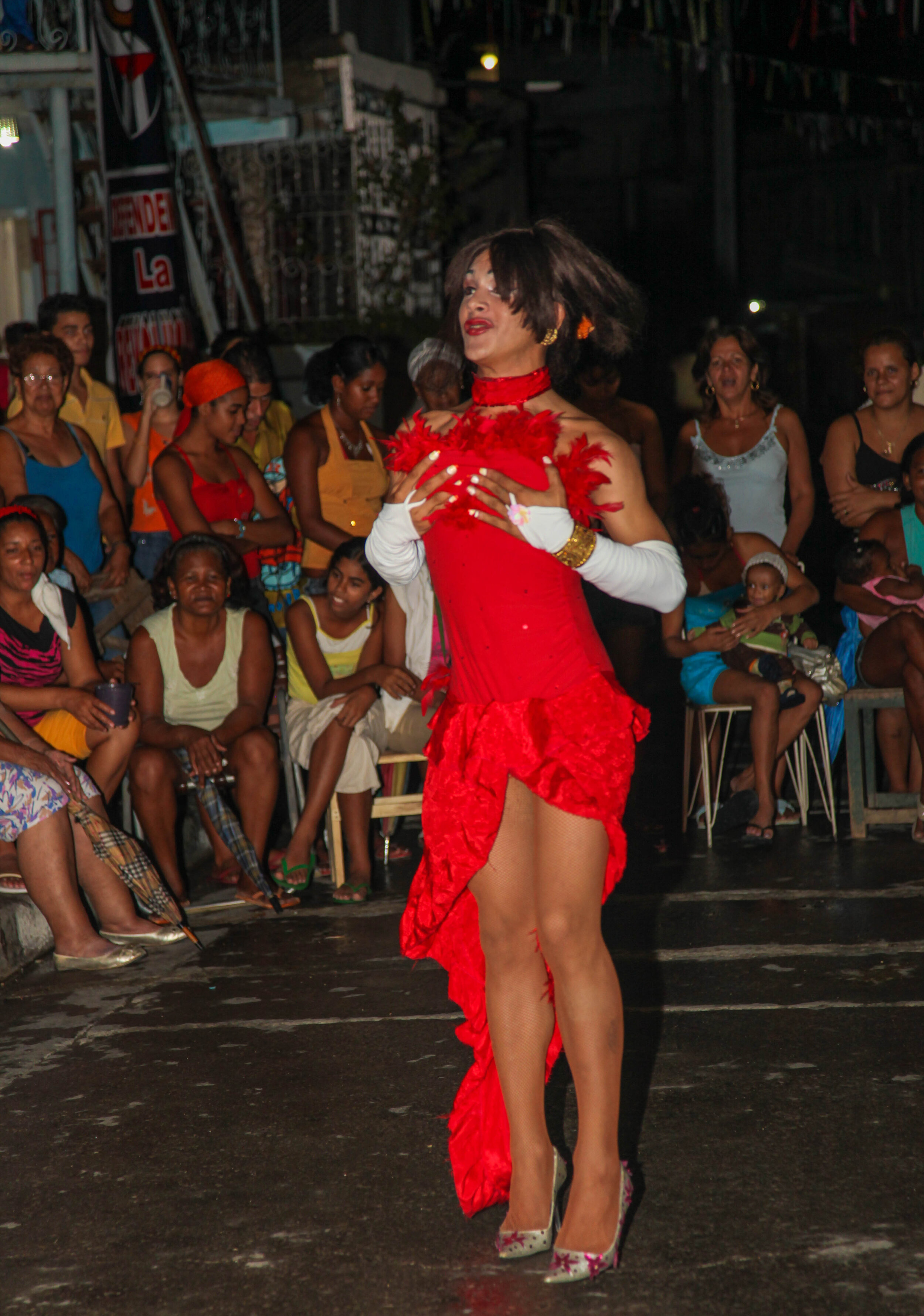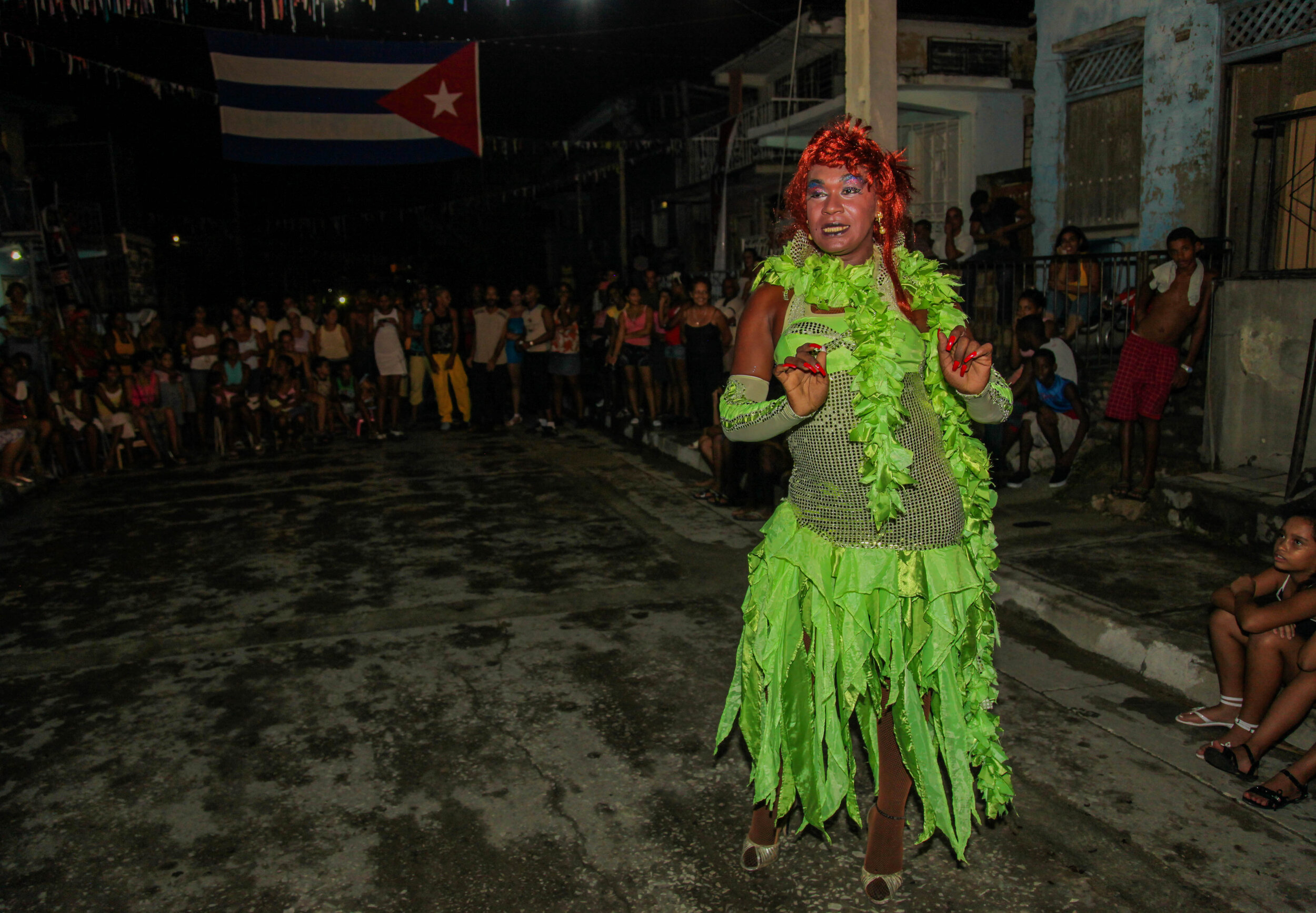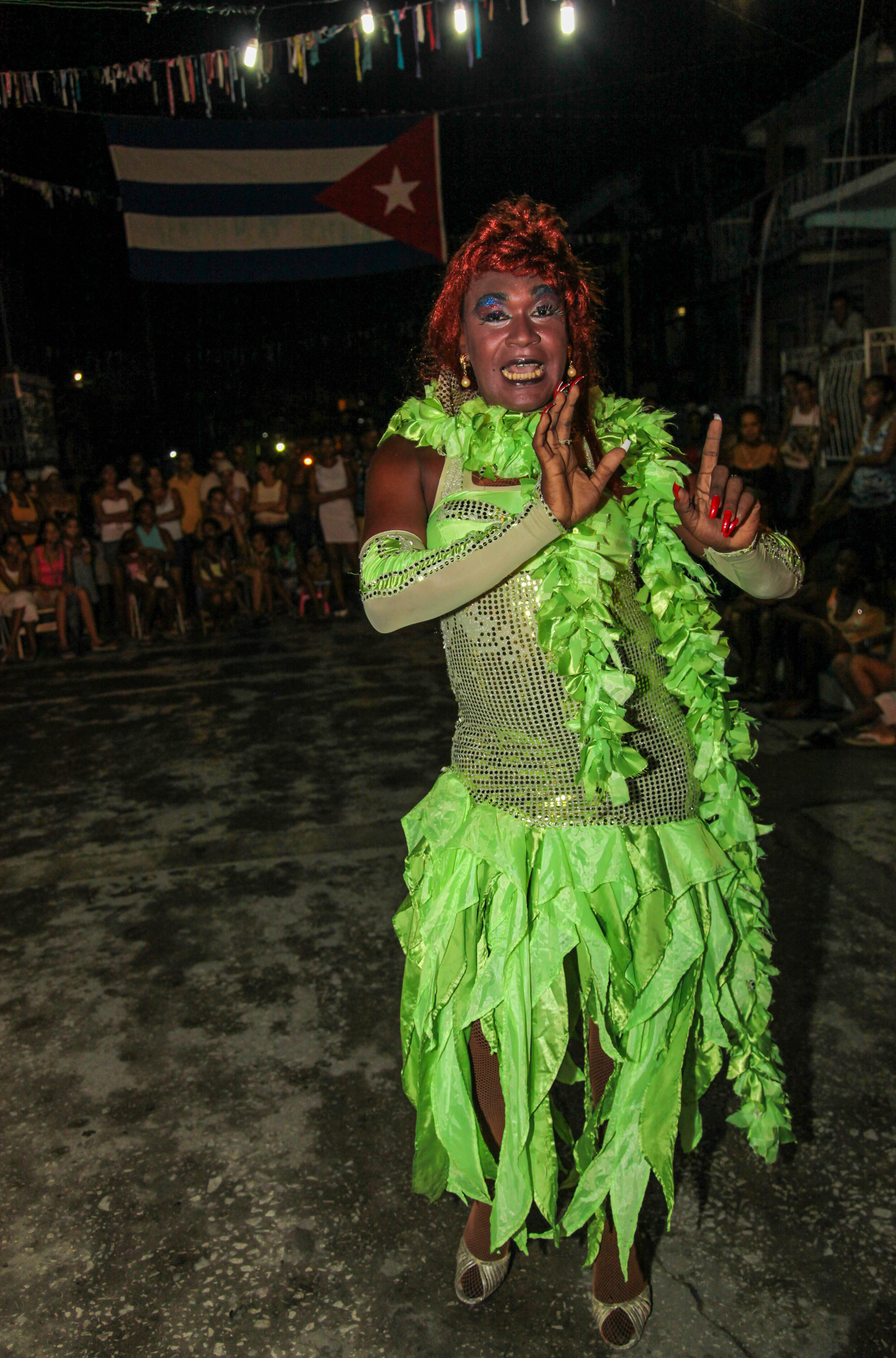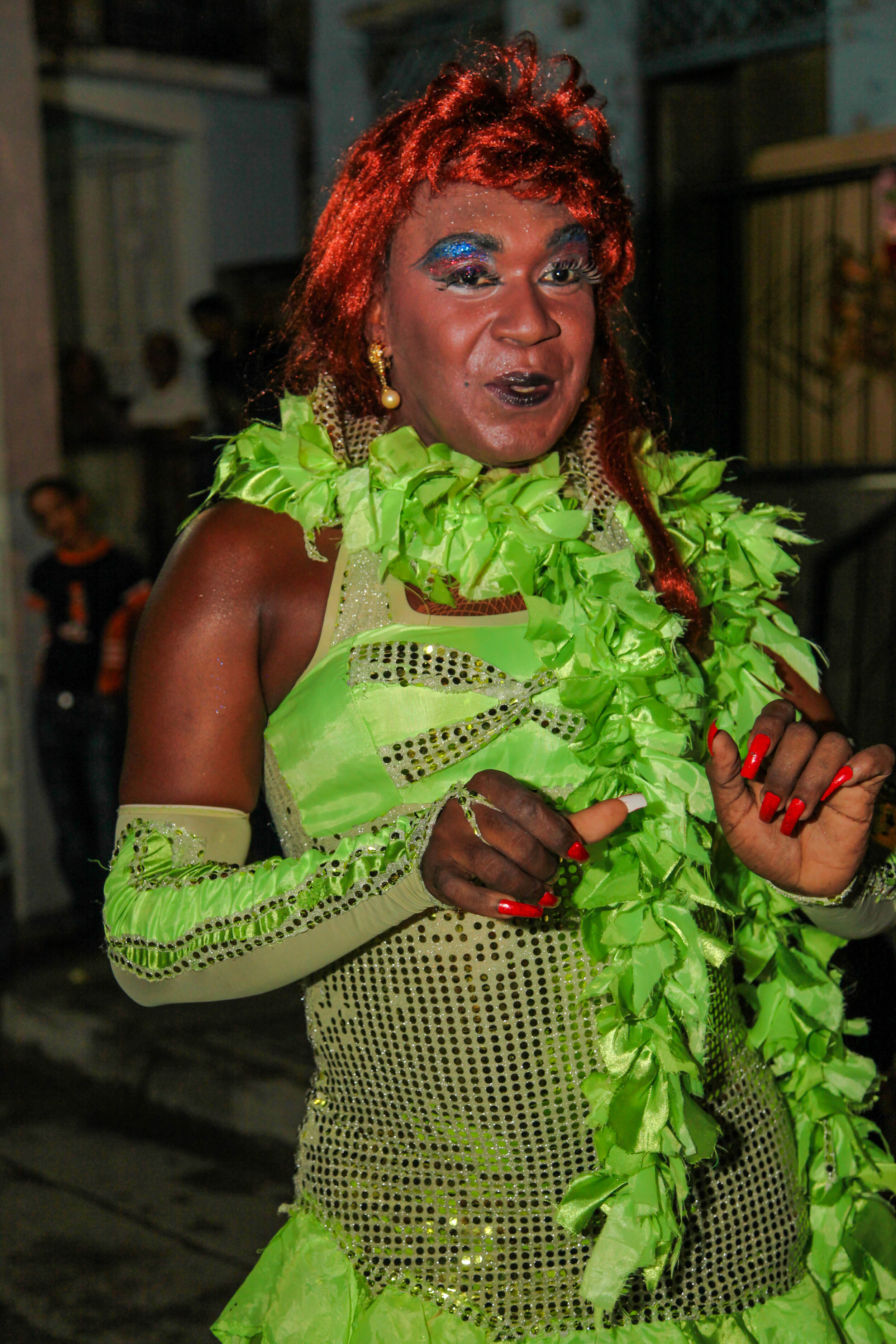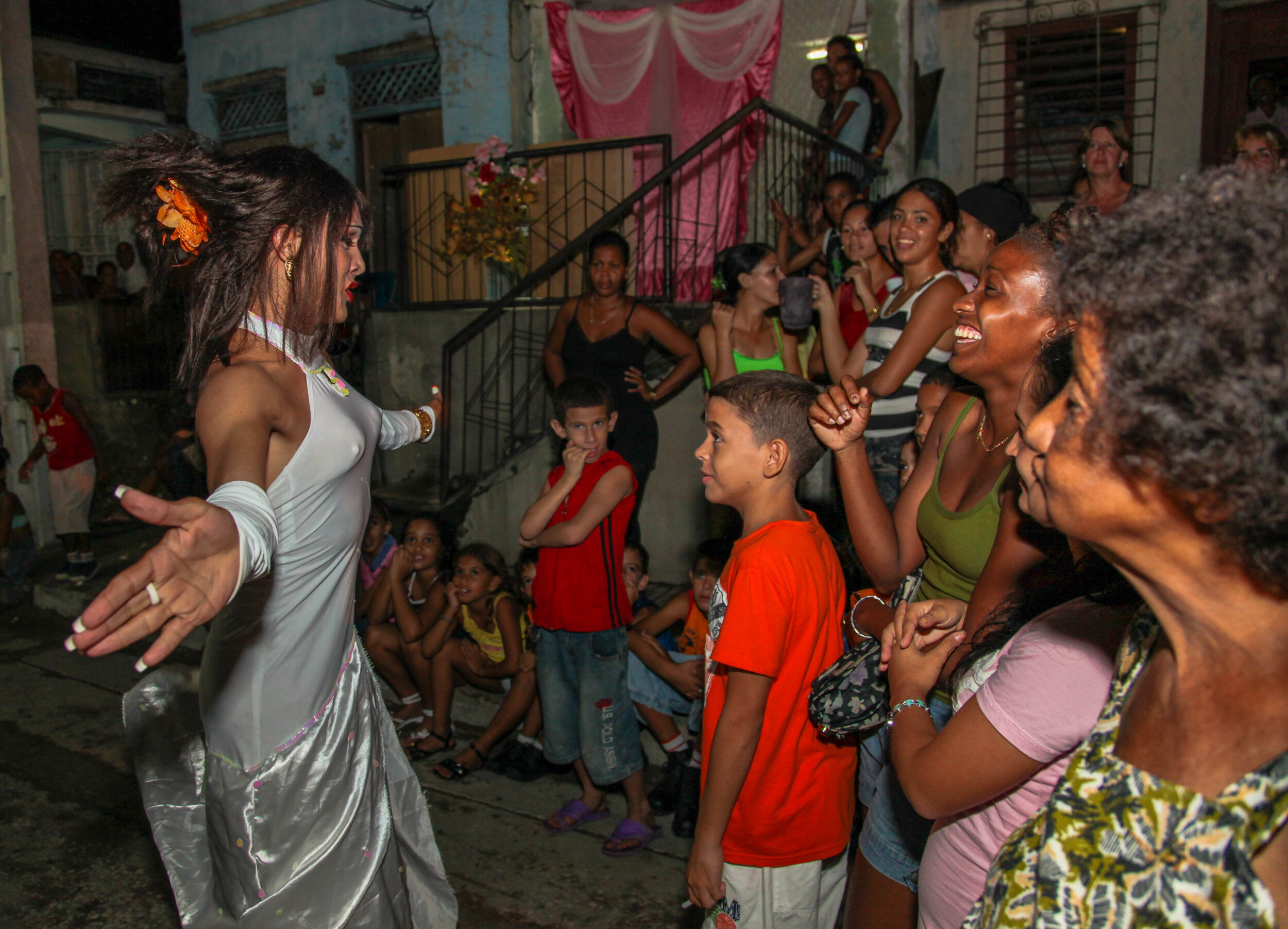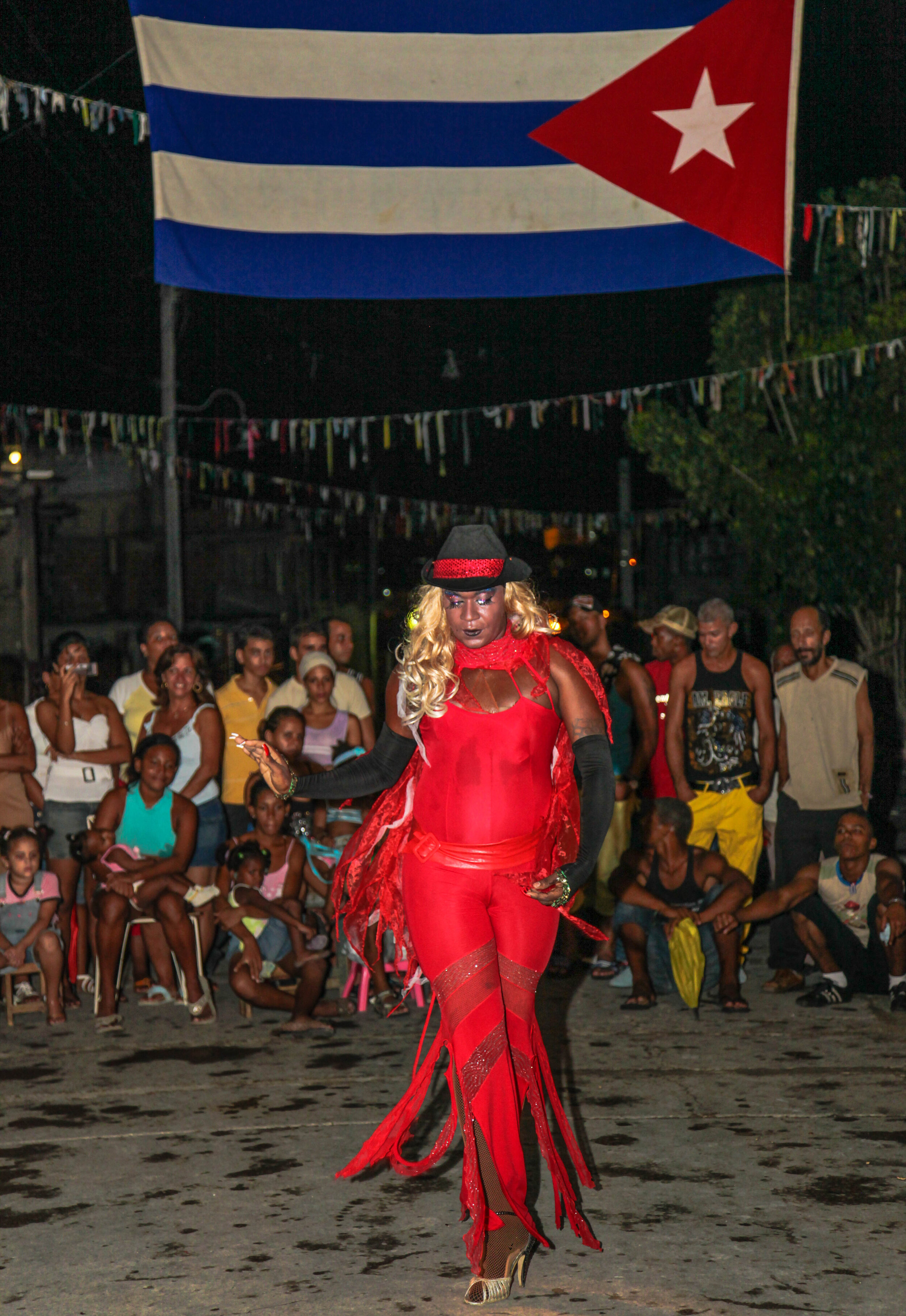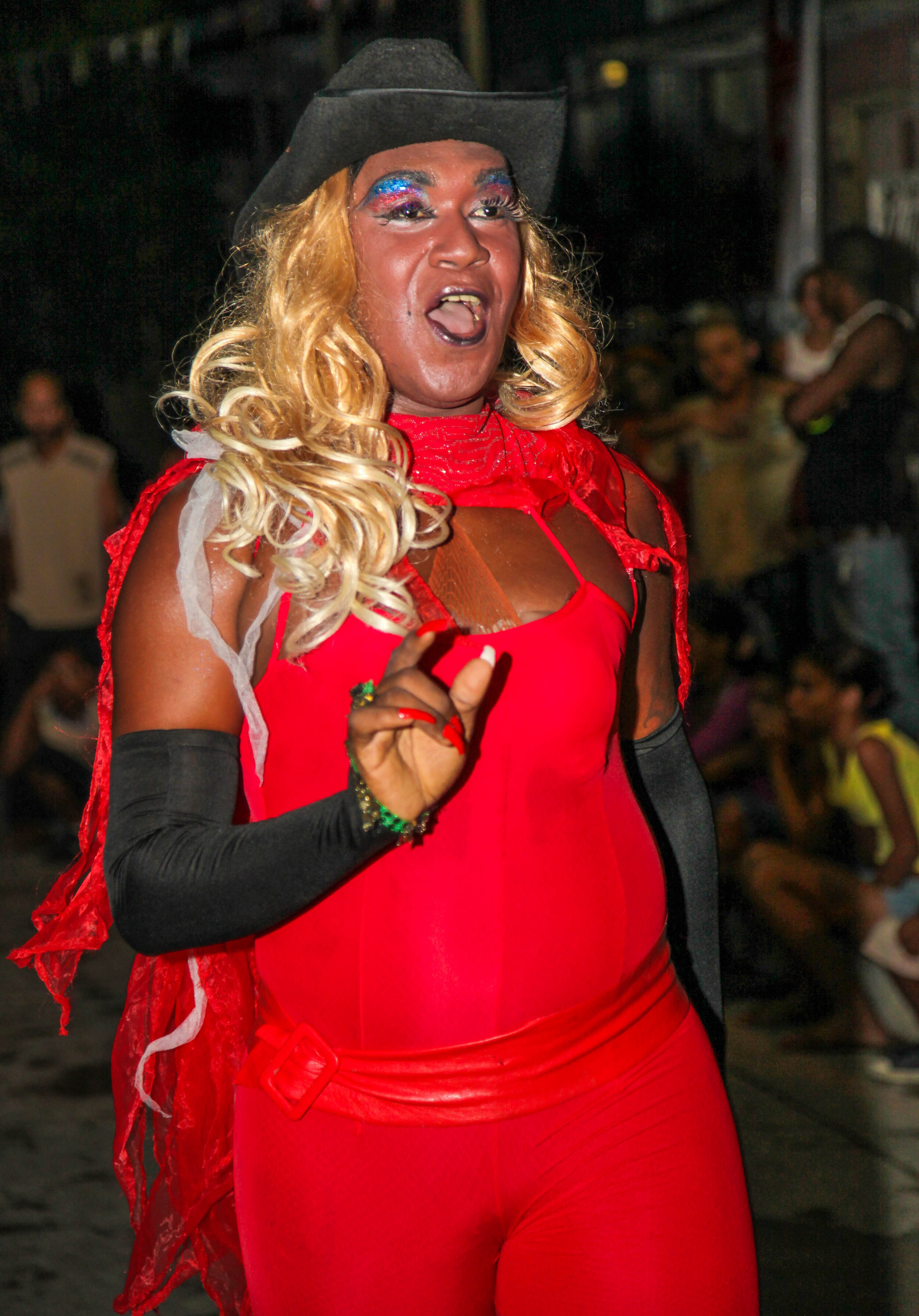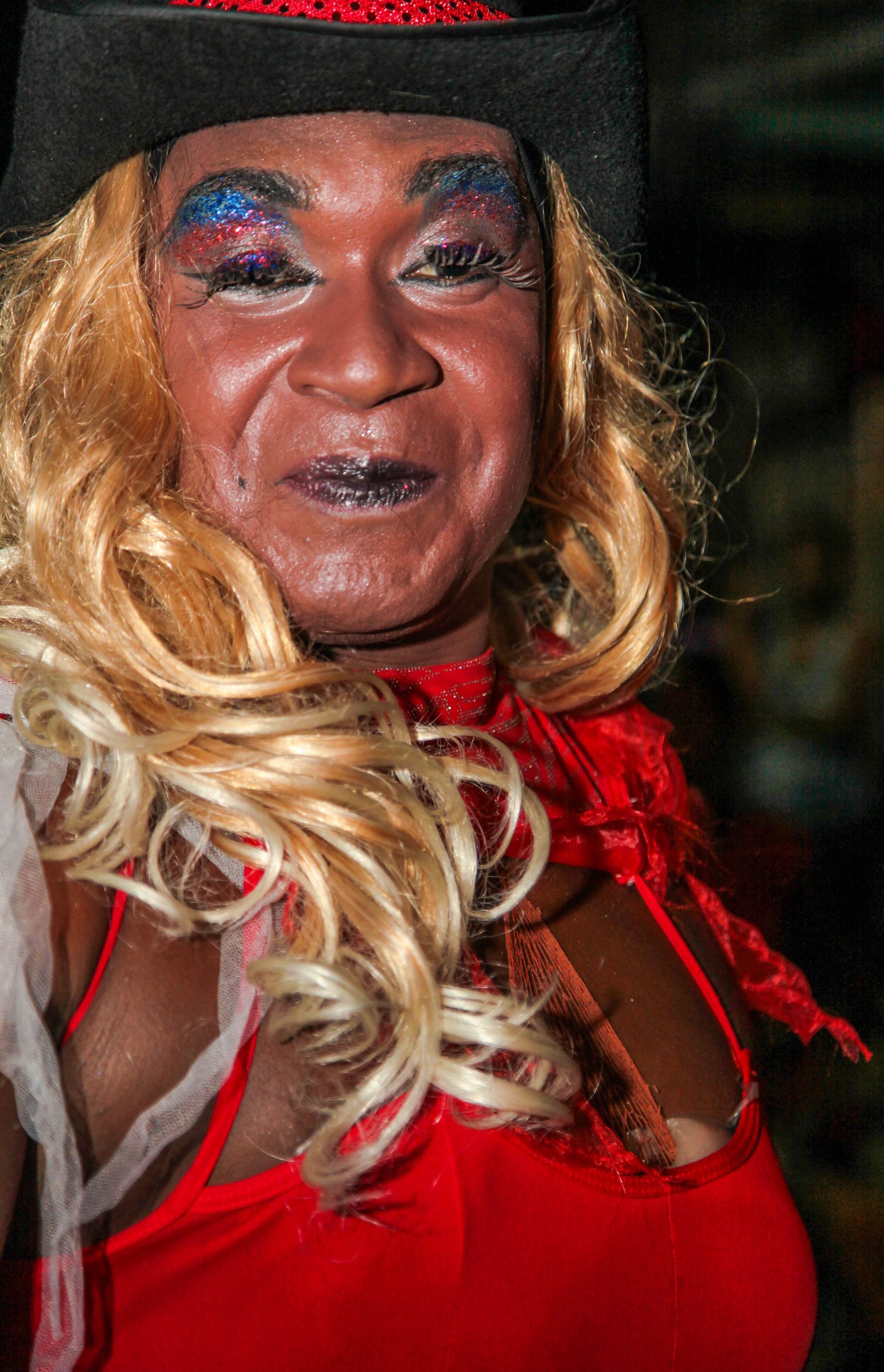Los 50 años de los CDR con lentejuelas (A queer throwdown party for the Revolution)
In September 2010 I traveled to Cuba to celebrate my birthday with my family in Santiago de Cuba. My birthday falls on the 27th of September, the same day of the celebration of the anniversary of the Committee for the Defense of the Revolution (CDR), founded a day later, on September 28th.
Due to its political connotation, when I lived in Cuba, I was never very fond of celebrating my birthday on that day when most people were enjoying the block party. Although at times, I participated in it, especially when politics were put aside, and I was having a nice time with family and neighbors. It was actually a night of sharing meals and one way or another having a good time.
In 1960, a year after the Cuban Revolution triumphed, the CDR was created with the aim of carrying out collective surveillance tasks in defense of the newly born Cuban Revolution. It was a form of citizen surveillance, described as the “eyes and ears of the Revolution” whose primary role was to prevent any illegality according to what was seen as good or bad depending on the principles of the Socialist Revolution. Supposedly, this organization that exists to this day in every block and corner of Cuba had to act as a structure formed by regular citizens for the protection of the neighborhood and their coexistence. However, since its creation, this organization has been controlled by the Cuban government, exercising strong vigilance over the collective and private life of the people in each neighborhood.
Since its inception, the Cuban Revolution had a dismal treatment of LGBT people. The homosexual community suffered the harshness and intolerance of those who wanted to build a new socialist state. Fidel Castro himself in his speech on March 13, 1963, said: "Our society cannot accommodate this degeneration," referring to the LGBT community. And this is how the Military Production Aid Units (known as UMAP in Spanish) were instituted, where homosexual people were taken without charge or trial and were subjected to forced labor, mistreatment, and humiliation because they were considered counterrevolutionary and unworthy. And precisely the censure of who would go to those “concentration camps” came out through the CDR. So, for years, gay and lesbian people were harassed on many occasions by active members of the CDR.
To my great surprise, on my birthday, my niece invited me to go to a street party. I would have never imagined that it would be a party celebrating 50 years of the CDR where the main attraction would be a drag show. I never thought during all the twenty-some years I lived in Cuba, to attend an event where the Revolution and the LGBT community were sharing the same floor.
However, since 2008, there was a sea change in the treatment of LGBT people in Cuba. Then in 2010, Castro admitted that his policies had been unjust, which may have been a scant consolation to those affected but came to be seen as a crucial admission. In 2022, the Cuban LGBT community won their fight for their right to marriage equality since it was approved by the popular vote.
Daniel, a friend of my niece, tries on outfits for his evening show. He's the one who invited us to the show, but he never said it would be a drag show.
In 1997, the Cuban penal code was modified and all discriminatory references to homosexuality were eliminated from it.
Alexis, aka “la negra” (The Black one), starts the celebration.
Daniel, already with his make up on and happy, shows his abilities to transform himself and give his best at the party. Tonight he was not frowned upon or booed or made fun of. He was one of the stars of the night.
Alexis, in her radiant red outfit, shows her acting skills.
Cuban society is far from being completely inclusive in terms of rights and respect for the members of the LGTBQ + community, but without a doubt this community has fought a lot and they have been able to change a lot.
Luisito, also showing his talents.

